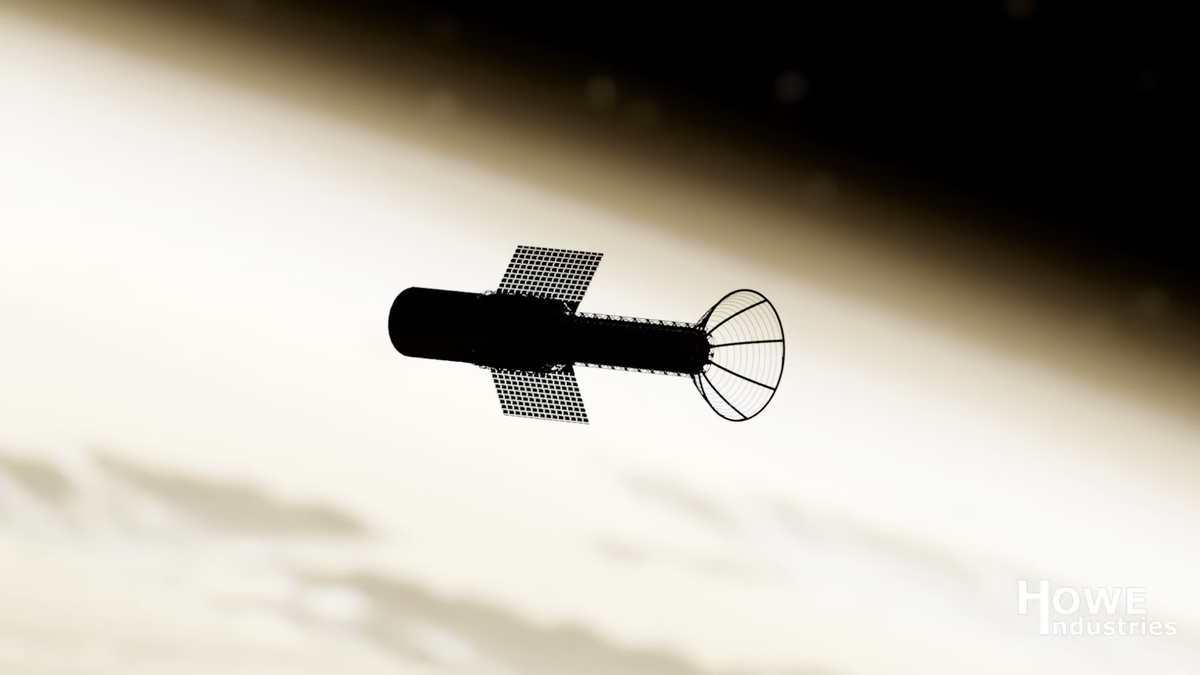Last week, NASA announced it is working with a technology development company on a new propulsion system that could transport humans to Mars in only two months – down from the current nine month journey required to reach the Red Planet. Gizmodo reports:
NASA’s Innovative Advanced Concepts (NIAC) program recently selected six promising projects for additional funding and development, allowing them to graduate to the second stage of development. The new “science fiction-like concepts,” as described by John Nelson, NIAC program executive at NASA, include a lunar railway system and fluid-based telescopes, as well as a pulsed plasma rocket.
The potentially groundbreaking propulsion system is being developed by Arizona-based Howe Industries. To reach high velocities within a shorter period of time, the pulsed plasma rocket would use nuclear fission – the release of energy from atoms splitting apart – to generate packets of plasma for thrust. It would essentially produce a controlled jet of plasma to help propel the rocket through space. Using the new propulsion system, and in terms of thrust, the rocket could potentially generate up to 22,481 pounds of force (100,000 Newtons) with a specific impulse (Isp) of 5,000 seconds, for remarkably high fuel efficiency. […]
The pulsed plasma rocket would also be capable of carrying much heavier spacecraft, which can be then equipped with shielding against galactic cosmic rays for the crew on board. Phase 2 of NIAC is focused on assessing the neutronics of the system (how the motion of the spacecraft interacts with the plasma), designing the spacecraft, power system, and necessary subsystems, analyzing the magnetic nozzle capabilities, and determining trajectories and benefits of the pulsed plasma rocket, according to NASA.
Abstract credit: https://slashdot.org/story/428225



Nuclear space propulsion, eh? In the 1940s and 50s, there was also Project Orion: https://en.m.wikipedia.org/wiki/Project_Orion_(nuclear_propulsion)
They stopped it because of the risk of fallout if a launch vehicle loaded with radioactive material exploded. Wonder how this new idea is going to get around that problem?
Larry Niven’s 'Footfalls was one of the better depictions of a nuclear pulse propulsion engine in Science Fiction.
That’s the neat part. They don’t. They’ll just remove even more regulations to get around it
IIRC, the concern with Project Orion was that if nuclear fissile material exploded in the upper atmosphere, it could get trapped and basically poison the entire planet, making it uninhabitable for a really long time.
The problem may not be solved with deregulation alone.
Lol. Deregulation will cause the problem. The corporations have bought all our governments. They will make it legal to take fissile material onboard, and damn the consequences. They don’t care about our world, and are looking for any excuse they can have to create more damage in the name of fictional profits.
They can just go raid some of the Russian satellites that already have the fissionable material onboard.
Probably a much smaller and more controlled thrust, as opposed to something needing what the Orion needed. I’d imagine if this ship were to blow on the way to space, the fallout would be pretty minimal, by comparison.